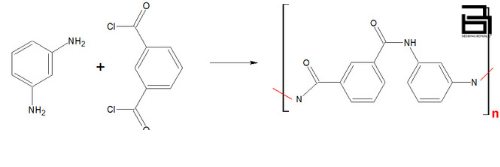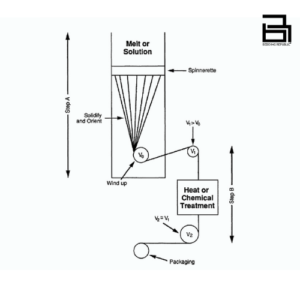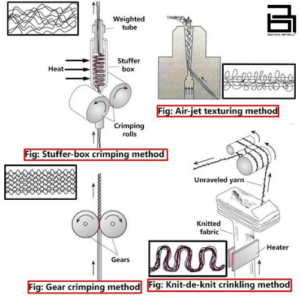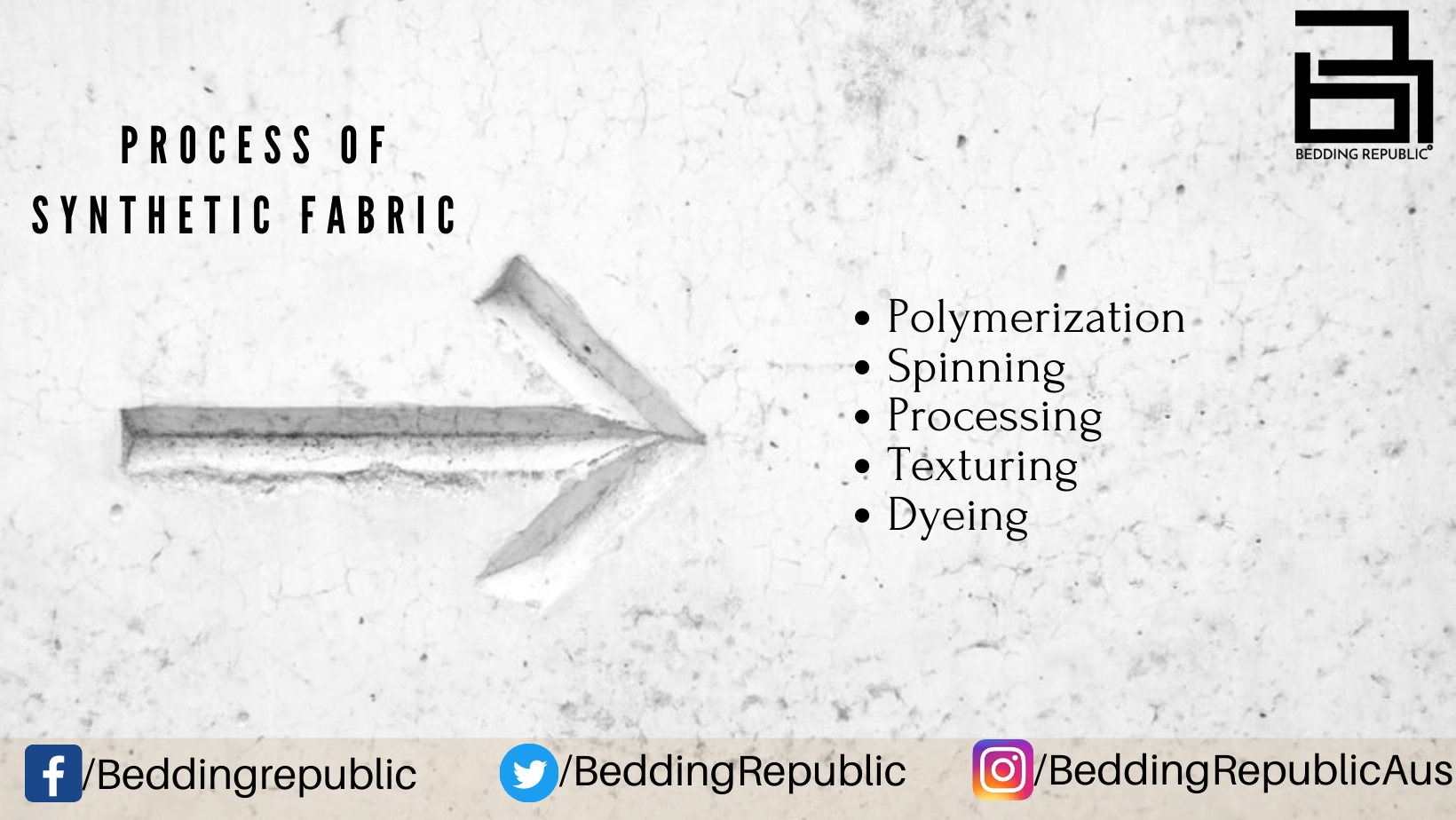Have you ever noticed that most of the things we avail of and utilize are produced by synthetic fibers? In this era where imitating the natural product is no longer an unimaginable notion, synthetic fibers have introduced themselves with the provision of good elasticity to fulfill your bedding needs. With its non-shrinking property and being less expensive, it certainly grabs your attention when buying bedding products including, bedsheets, quilt covers, and pillowcases.
One of the most widely used fabrics for quilt covers in synthetic fibers is polyester. Most of us use this product to meet our bedding needs. It brings us joy as it does not let itself have any wrinkles and it is easily washable. However, with its high absorption quality, it can trap heat, dirt, and oil. In summer, you do not have an uncomfortable sleep by being in a sweatbox at night.
Nevertheless, let us have a look at the synthetic fabric process followed to produce the finished product:
“Mixing a bunch of chemicals…Hello Chemistry”
Science has its way to uncover mysteries. As raw materials of synthetic fibers are chemicals, they do not consist of characteristics that are required for the formation of the fiber. Therefore, the process is prolonged where two or more molecules of the same class are combined, producing a chainlike structure. This is known as ‘Polymerization’.
The weight of the polymer is just not enough to term it as fit to be used. Therefore, the molecules that make up the fiber come into action, known as macromolecules. This manifests that the initial step towards the making of synthetic fabric is to produce polymers out of unprocessed material, called monomeric.
In the production house, a specific portion is deputed to this process. Where through processing the unprocessed monomeric to polymerization. This process is completed to certain degrees.

“Merry Go Round”
As we have played along with chemicals, now it is time for polymers to move to the dizzy part. The spinning is not only processed as one step rather polymers are required to undergo three spinning steps including:
- Dry Spinning- The polymers are incorporated in carbon-based substances, capable of dissolving to create a “spinning solution.” This is done through spinnerette, allowing polymers to thicken.
- Wet Spinning- The procedure is the same except that under wet spinning the polymer is dissolved in a spinning bath, changing into a solid or semi-solid state.
- Melt Spinning- Through this method, synthetic fibers are produced to form fabrics. It requires a cooling system to create melted material into a solid-state.

“The Art”
After the whirling process, the procedure further continues to the polymers being pulled or stretched throughout the longitudinal axis to bring fibers into a line. The process is used for the formation of different types including:
- Synthetic filament- This type of fiber has an indefinite length. Therefore, can be stretched according to the requirement.
- Staple Fibre- This is also known as textile fibers including cotton and wool. They are classified under a certain length where a short length is measured up to 60mm.
- Spun Yarn- Under this process fibers are twisted to form a strand. They are made of continuous fibers, just like a braid. The process takes in all the impurities that are residing in raw fiber.

“Texture: A melody”
To make the yarn smooth and flexible, it is knitted into a fabric. Texturing increases the void spaces through ‘crimp, coil, and loop’ alongside the length of the filament. This changes the physical appearance of the fiber.
Texturing ameliorates the process of trapping air to cut back on the synthetic outlook of the fabric. These curtains can add elasticity to their properties. With that, it further enhances the warmth and the look of the fabric, giving it an appearance not far from a look that a natural fabric holds. There are different types of procedures for texturing including:
- Crimping
- Stuffing
- Air-Jet
- Knitted-Loop

“Affixing AESTHETICS”
Here comes the final procedure, dyeing. Under the process of creating synthetic fabrics, they meet several chemicals to form and ameliorate their look. The dye is usually added after the spinning process. A consistent and interlaced form is found in the synthetic fiber. It is because the molecular network is constant and consists of a high level of crystallization. The settling of dye depends upon which synthetic fiber it is being used in, as each has different properties. Thus, the amount of dye to be added varies with the characteristics. The dye used for synthetic fabrics include:
- Disperse Dye-Used for dyeing polyester.
- Reactive Dye- Used for nylon, viscose, and synthetic velvets.
- Acid Dye- Used on woolen fabrics
Here ends the process of how synthetic fabrics are made. From here they are molded into quilt covers, bed sheets, and pillowcases. with that, they are labeled and packed, waiting patiently for your arrival to be bought and spread on your bed.




